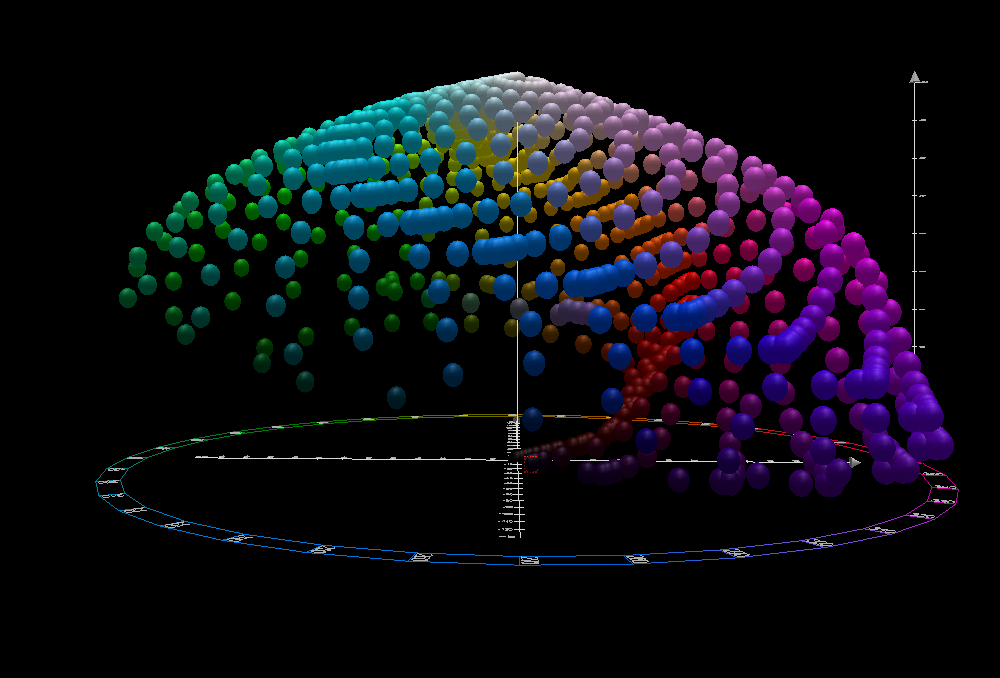This Generative Network created in Python's Keras allows us to accurately transform photos from black and white to color.
Here is a blog covering the project in further detail : https://towardsdatascience.com/coloring-photos-with-a-generative-adversarial-network-a435c4403b5d
I ran this model in an AWS SageMaker GPU instance to handle the high computational requirements. I have included the code and imports needed if you want to run it in the same instance. Training time varied from 6-12 hours depending on dataset and learning rate.
- Numpy
- PIL
- Keras
- Scikit-Image
- Matplotlib
- Glob
- Streamlit
I used two different datasets for this project, the first is a collection of beach and coastal pictures from MIT's Computational Visual Library Dataset. I chose this library since GAN's do a much better job at understanding symmetry and texture in photos than it is at understanding complicated geometrics. The coastal photos are very symmtrical and have simple textures that the GAN can replicate easier compared to the second dataset, the MPII Human Pose Dataset. This dataset consists of people performing actions in various enviorments which means the GAN will have a harder time understanding the features and boudaries in the photo. This means that it will be much more common to see some blurring or color bleeding effects during training as compared to the coastal photos. The MPII dataset varies in size so we are going to reshape them all to 256px256p which is the default size for the coastal images.
The first step was converting the images from their standard RGB color channels into CIE-LAB where the 3 new channels consists of:
- L - Represents the white to black trade off of the pixels
- A - Represents the red to green trade off of the pixels
- B - Represents the blue to yellow trade off of the pixels
The L channel is going to be used as the input to the Generator since it is equivalent to a gray scale photo. The generator will then output both the AB channels which we combine with the input to create a colored image. The last thing we do in the transformation is scale all pixel values in the LAB color channels to the range -1 to 1.
The Generator can be broken down into two parts, the encoder and the decoder. The encoder consists of 4 layers in total, first the L channel is passed and through 2-stride convolutional layer, starting with 64 feature maps and doubling each layer up to 512. Each layer also halves the size of the image so by the time we reach the latent space(middle) the feature maps are 16x16 in size. Lastly each layer also uses a Leaky ReLU activation function and batch normalization.
The Decoder is similiar except it uses transpose convolutional layers which upsamples the size of the image and halves the number of feature maps. Like in the encoder there are four of they layers and they all use the ReLU activation function and batch normalization. Lastly we use a normal convolutional layer and output 2 channels that we pass through a tanh activation function to replicate the range we scaled the images to when converting to LAB. The model
The Discriminator is a much simpler model and has four 2-stride convolutional layers which all use Leaky ReLU, dropout, and batch normalization (except for the first layer, which does not use batch normalization). It takes in both real and fake AB color channels and convolutional layers feed into a an output layer which uses the sigmoid activation function to predict if the images are real or fake.
Both models use Binary Crossentropy for their loss functions and the Adam optimization function. The Generator's loss is tied to whether or not it can fool the Discriminator into thinking the color channels are real. Contrary to all the research I found online, I had to use a lower learning rate for the discriminator to keep the model in equilibrium. Contrary to most machine learning models, the goal of a GAN isn't to minimize or maximize and function but instead keep the two networks in equillibrium during training, which can last anywhere from 6-12 hours on a GPU. During training I shuffle my dataset and use mini epochs of 320 images. I train the discriminator first on two half batches of 160 real and 160 fake images, then the generator is trained a full batch of 320. I would usually run this for about 3000, epochs but further training produced better results occassionaly.
As you can see from the graph the training cycle can be highly eratic and hard to know how well the model is doing. The best way to keep track of its progess is to print a fake image every 50-100 epochs and save the model about half as often.
These images were not part of either dataset and were images taken from the internet. I converted them to the black and white L channel and create the A and B channels via the generator. Lastly I concatenate it back together and print the images you see below. This allows me to recolor both black and white as well as colored images.
Left: Original Image Right: Fake Image






